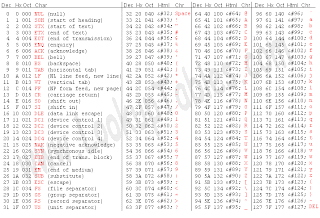The Transmission Control Protocol/Internet Protocol (TCP/IP) suite was created by the U.S. Department of Defense (DoD) to ensure that communications could survive any conditions and that data integrity wouldn't be compromised under malicious attacks.
The Open Systems Interconnection Basic Reference Model (OSI Model) is an abstract description for network protocol design, developed as an effort to standardize networking.
Comparing TCP/IP and the OSI Models
The TCP/IP model is basically a shorter version of the OSI model. It consists of four instead of seven layers. Despite their architectural differences, both models have interchangeable transport and network layers and their operation is based upon packet-switched technology. The diagram below indicates the differences between the two models:
Application Layer: The Application layer deals with representation, encoding and dialog control issues. All these issues are combined together and form a single layer in the TCP/IP model whereas three distinctive layers are defined in the OSI model.
Host-to-Host: Host-to-Host protocol in the TCP/IP model provides more or less the same services with its equivalent Transport protocol in the OSI model. Its responsibilities include application data segmentation, transmission reliability, flow and error control.
Internet: Again Internet layer in TCP/IP model provides the same services as the OSIs Network layer. Their purpose is to route packets to their destination independent of the path taken.





